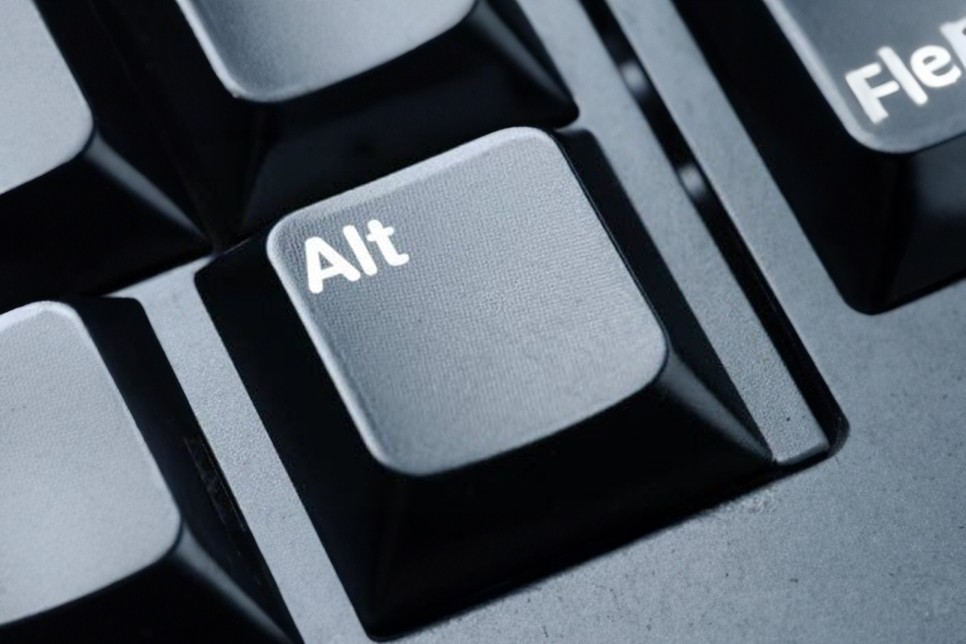
In recent years, Alt Text—a contextual description that conveys information on the appearance and function of an image or graphic in digital content—has become a hot topic for publishers. A common practice in education publishing where accessibility standards come in to play, there has been a wider awakening regarding the art and benefits of applying effective Alt Text for publishers and authors, particularly in the STM domain.

In 2017 we published a white paper entitled Six Big Trends Reshaping K-12 Education Publishing which focused on some of the major developments driving innovation and change in the sector. The report homed in on issues such as changing legislation and standards, accessibility and demographic shifts, while also exploring how publishers are adapting to classroom and curricula trends such as OER (Open Educational Resource) and adaptive tech.

With the onset of digital publishing, researchers and publishers have had the opportunity not just to provide footnotes or a bibliography but to include links back to source material. By making that information more accessible, challenging or verifying research findings has become easier. But, linking alone is not enough as links can break and there is no uniform style or requirement which publishers must adhere to.




